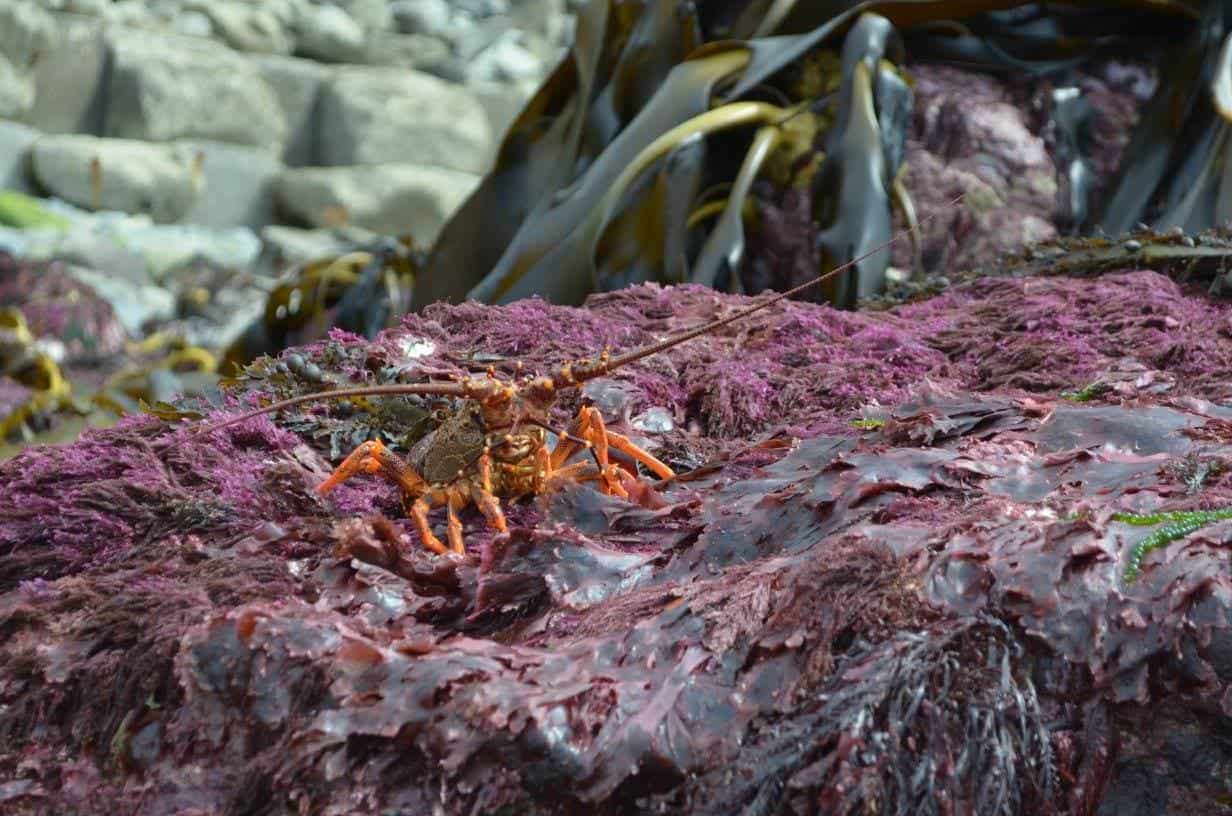A magnitude 7.8 earthquake shook New Zealand on Monday night and left the locals of Kaikoura, South Island with an incredible surprise: areas of the sea floor were thrust up to 2 meters above ground, pushing up through the sand in lumpy slabs.
It’s geology under our noses. The pieces of sea bed rose so fast, they were still teeming with ocean critters by the time locals realized what had happened — and scientists say they’ve never seen anything like it before.
“I’ve never seen it before during an earthquake and it’s the first time we’ve seen something like this,” marine geologist Joshu Mountjoy from New Zealand’s National Institute of Water and Atmospheric Research told Stuff.
“It will take a while before this becomes normal again.”

Image credits Anna Redmond / Facebook
The quake sadly took a heavy toll on central New Zealand however, with reports of over 1,000 locals and tourists stranded by landslides, dozens of injuries and two reported dead.
Mountjoy sais the effects were so dire because of a phenomenon known as co-seismic movement. Basically, two almost simultaneous quakes have acted on fault lines across the South Island just after midnight, concentrating their energy. The unique nature of the event is probably behind the striking sea-bed movement in Kaikoura, with some pretty wide areas rising almost two meters above their initial position. And it all happened in a few minutes.
Nicola Litchfield, Earthquake geologist and head of the Active Landscapes Department at GNS Science told Michael Daly from Stuff that these movements had to have happened during the 90 to 120 seconds the quake lasted.
“It would have been amazing if it had been daylight and someone had seen it,” she said.
Researchers are now working on determining how the coast changed after the quake, already suspecting that rocks moved not only vertically, but horizontally as well.
Kaikoura coastline before and after the earthquake pic.twitter.com/nmV8KEnuug
— Philip Fierlinger (@skyrize) November 17, 2016
Aerial photographs show the seabed uplift north of Kaikoura – estimated to be between 2 – 2.5 metres. #EQNZ pic.twitter.com/WLkSj4Xx9m
— Tonkin + Taylor (@TonkinTaylor) November 15, 2016
“It’s not just a single rupture on one fault plain, it’s ruptured multiple fault strands all along the coast there,” said Mountjoy. “So that uplift will reflect that behaviour of different faults.”
GPS station installed on the island have revealed that Cape Campbell in the Marlborough region has moved north-east by 2 to 3 meters, and the tide gauge at Kaikoura rose a whopping 90 centimeters. Given these dramatic movements, it will take a while before the full extent of the earthquake’s effects are understood.






